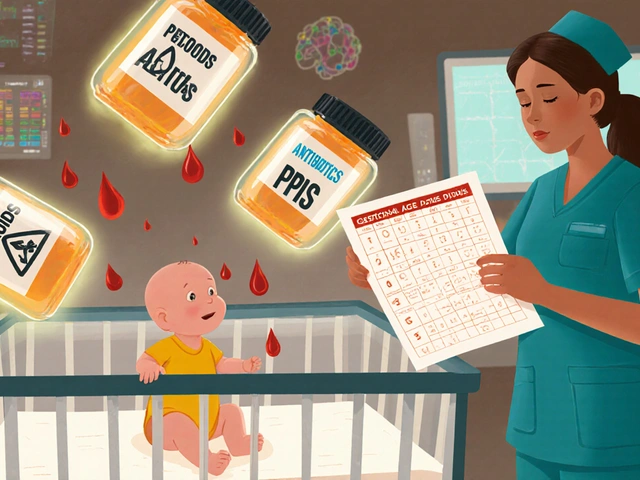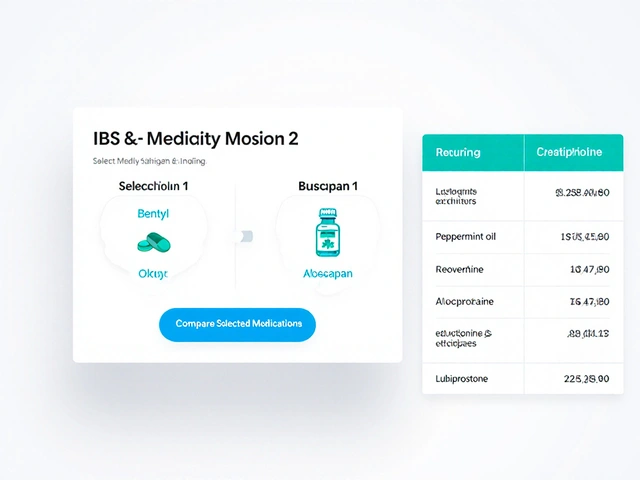Incontinence: Practical Guide to Causes, Fixes, and Daily Tips
Bladder leaks are annoying and common, but they don't have to control your life. Incontinence means you leak urine when you don't want to. It can be small dribbles or heavy leaks — both deserve attention. This page gives clear, no-nonsense advice you can try today and shows when to see a clinician.
There are a few main types. Stress incontinence happens with coughs, sneezes, laughing or lifting. Urge incontinence is a sudden, strong need to go and sometimes you can't make it. Overflow incontinence is when the bladder doesn't empty fully and leaks continuously. Functional incontinence comes from mobility or memory problems that make it hard to reach a toilet in time.
Causes vary. Pregnancy and childbirth can weaken pelvic muscles. Age and menopause change tissues and hormone levels. In men, prostate issues often cause leaks. Infections, certain medicines, heavy drinking, constipation, and neurologic conditions can also cause or worsen incontinence. Often more than one factor is involved.
Quick fixes you can try today
Start with simple steps. Do pelvic floor exercises (Kegels) three times a day — tighten, hold five seconds, relax, repeat 10-15 times. Try bladder training: delay going by 5-10 minutes and slowly increase the wait time. Watch fluids: cut down on caffeine, alcohol, and very spicy drinks that irritate the bladder. Lose weight if you're overweight — even a small loss can reduce leaks. Use absorbent pads and quick-change underwear to stay confident while you work on fixes.
Small habit changes help too. Go to the toilet on a schedule, double-void (try to pee twice a few minutes apart), and avoid constipation by eating fiber and staying hydrated. If coughing triggers leaks, treat the cough or allergies. These actions often reduce symptoms without prescriptions.
Medical options and when to see a doctor
If lifestyle steps don't help, check with a healthcare provider. They can test for infections, review medicines, and suggest treatments. Drugs like antimuscarinics or mirabegron reduce urge symptoms but can cause side effects. Bulking agents, vaginal estrogen for postmenopausal women, Botox injections, nerve stimulation, and surgery are other options depending on the type and severity.
See a doctor right away if you have pain, blood in urine, fever, or sudden worsening of symptoms. Also get help if leaks force you to stop activities, affect sleep, or lead to skin problems.
Living with incontinence is manageable. Pack spare clothes, use pads, protect skin, and plan toilet stops on trips. Talk openly with your clinician — simple tests and honest discussion usually point to solid fixes. Need help finding medication info or safe online pharmacies? PrescriptionPoint.SU has guides and reviews to help you choose reliable options and learn more about treatments.
Consider seeing a pelvic physiotherapist for guided exercises, biofeedback, or bladder retraining - many people see real improvement in weeks. Use a short symptom diary for a week to show your clinician the pattern. Local support groups and forums can also share product tips and quick coping tricks and hope.

As a woman going through menopause, I've recently discovered that urine leakage is a common issue many of us face during this time. It's important to understand that this is not uncommon and is often caused by hormonal changes and weakened pelvic muscles. To manage this, I've found that incorporating pelvic floor exercises and maintaining a healthy weight can help. Discussing this concern with your healthcare provider can provide more tailored advice and treatment options. Remember, you're not alone in this experience, and there's help available to manage this symptom of menopause.
Continue Reading





